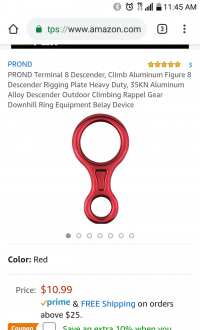Anything that feels right works, and I don't wish to detract from others' technique.
I jibe full mainsail in 20 knots without touching the main sheet, and certainly without trimming in. I jibe in 30+ knots--have done it a dozen times--the same way (In heavy air, you're deep reefed. The mainsail forces are actually trivial, its dodging breaking seas that's important).
It is technique, and the technique is easy to use. It is mandatory for singlehanders, but available to all.
Pick a spot among the waves. Steer the yacht by the lee. Initiate the jibe with a radical turn of the wheel. Continue the radical turn until the wind is abeam.
What happens is: the turn beats the swing of the mainsail. BY the time the sail completes its violent transit across the deck, it luffs, rather than "bangs". If that seems unlikely, consider the momentary hesitation as a mainsail finally folds its roach and decides to come crashing over. During that period the yacht is spin-turning and gaining the advantage.
It is then necessary to resume downwind course by a hard spin of the wheel the other way, and alert timing is necessary to avoid momentum carrying the yacht head to wind in breaking seas.
There's a downside to trimming a main sheet before a jibe, and that is that the sail trim is momentarily all wrong, and any broach becomes dramatic--and the sail must be paid out very quickly after the sail crosses over--which is a handful, and a foul always threatens.
In the days of long booms, booms could rise up and take out the backstay. Our booms can't and won't. Boats with running backstays complicate things. Our boats don't usually have them. We have fin keels and spade rudders that turn us on a dime, making this technique possible. A full-keeler can't do it.
Try the technique in ten knots, see if it works. You should feel and hear no "bang" at all.
[Not a technique for use when overlapped by four boats at a race turning mark, or when jibing under spinnaker.]


